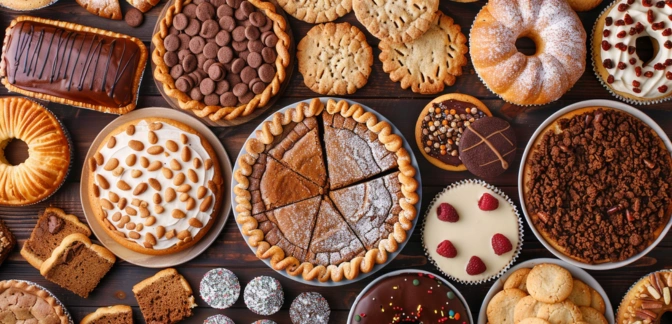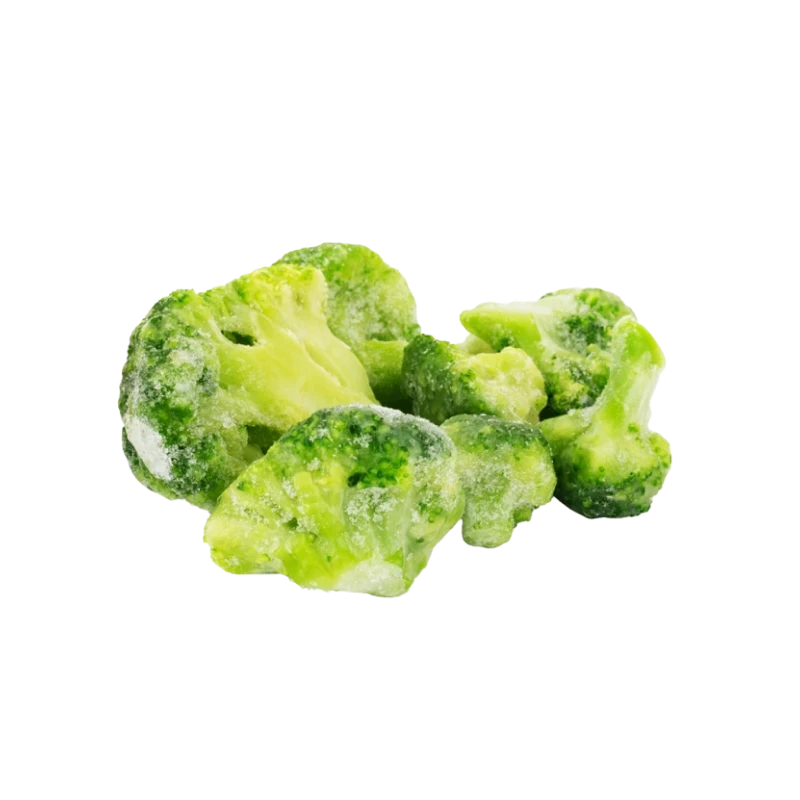Birthday Cake — Nutrients, Health Benefits, and Shopping Tips

Written by Listonic Team
Last update on September 4, 2024
Nutrients
Nutrition facts
Amount per 100 g
Calories
🔥 388 kcal
| Nutrients per: 100 g | Value | % Daily Value* |
|---|---|---|
| Carbs | 58 g | 21.09% |
| Fiber | 1 g | 3.57% |
| Sugars | 37 g | 74% |
| Glycemic Index | 67 | - |
| Protein | 4 g | 8% |
| Sodium | 221 mg | 9.61% |
| Total Fat | 16 | 20.51% |
*The % of Daily Value (DV) tells you how much a nutrient in a serving of food contributes to a daily diet. 2,000 calories a day is used for general nutrition advice.
Key takeaways
Health benefits
- Provides energy from carbohydrates, making it a quick source of energy.
- Encourages social bonding, as sharing a cake is often part of celebrations and gatherings.
- Can be a source of happiness and joy due to its role in celebrations and positive experiences.
- Can include essential nutrients if made with whole ingredients like eggs, milk, and nuts.
Health risks
- High sugar content which can contribute to weight gain, tooth decay, and an increased risk of diabetes when consumed excessively.
- High fat content particularly in cakes with rich frostings or fillings, which can contribute to high cholesterol levels and heart disease.
- Caloric density which can lead to overconsumption and weight gain, especially when large portions are consumed.
- Artificial additives such as food colorings and preservatives, which may cause adverse reactions in sensitive individuals.
How to choose birthday cake
A birthday cake should appear moist and be beautifully decorated, with icing applied evenly and colors that are vibrant and attractive. Ensure its freshness by verifying recent preparation, particularly when purchasing from a bakery.
Reject cakes that show signs of dry edges or frosting that appears crusty or detached, indicators of staleness. Avoid cakes with artificial colors and flavors as these can compromise quality and taste.

How to store birthday cake
A birthday cake is best stored in a cool, dry place, covered loosely to prevent it from drying out. If the cake contains perishable fillings, such as fresh fruit or cream, it should be refrigerated. Properly covered, a birthday cake can last for several days.
Humidity and heat can cause the cake to spoil or the frosting to melt. Do not leave the cake uncovered, as this can lead to it drying out and absorbing unwanted odors. Freezing leftover cake slices is a good option for longer storage, ensuring they are wrapped tightly to maintain moisture.
✅ Extra Tip
How long does it last?
Birthday cake can last for 1-2 days at room temperature if covered properly. If refrigerated, it can last for 5-7 days. To extend its shelf life, the cake can be frozen and kept for up to 2-3 months, ensuring it is tightly wrapped to prevent freezer burn.
What to do with leftovers?
Leftover birthday cake can be transformed into a variety of sweet treats. Crumble the cake and mix it with frosting to make cake pops, which can be dipped in chocolate and decorated. You can also layer cake pieces with whipped cream and fruit to create a delicious trifle.
Use cake crumbs as a topping for ice cream sundaes or blend them into a milkshake for an indulgent drink. If you have a lot of leftover cake, consider making a bread pudding by soaking the cake in a custard mixture and baking it until golden. Cake can also be turned into a cake parfait, layered with yogurt or custard for a quick dessert. For a fun twist, cut the cake into cubes and use them as the base for a fruit trifle or simply freeze slices to enjoy later.
👨⚕️️ Medical disclaimer
Discover products from other categories
Listonic Team
Fact-checked
Our editorial team checked this article to make sure it was accurate at the time of publishing it.
Get the top-rated shopping list app

birthday cake







